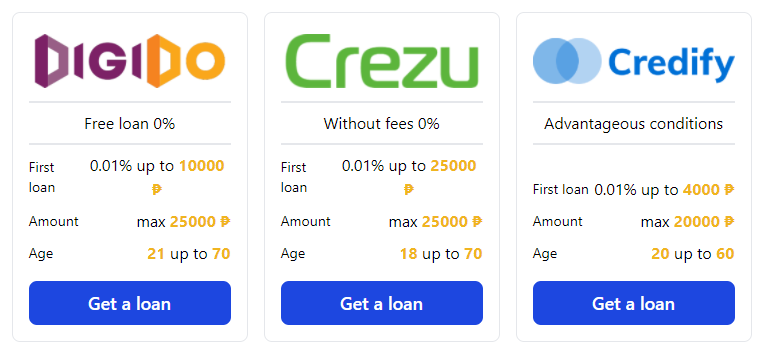In today’s dynamic economic landscape, the availability of loans serves as a crucial lifeline for individuals and businesses alike. Whether it’s for personal financial needs or entrepreneurial endeavors, the Philippines offers a diverse range of loan options to cater to varying requirements. One fundamental aspect that distinguishes loans is the presence or absence of collateral. This article aims to provide an in-depth analysis of secured and unsecured loans in the Philippines, shedding light on the different types of loans available and the intricacies surrounding their application and repayment processes.
Understanding Secured Loans
Secured loans are financial arrangements where borrowers provide collateral as a guarantee for the repayment of the loan amount, including both the principal and the accrued interest. These loans can be further classified into the following categories:
Secured by Pledge
Under this type of loan, borrowers enter into a contractual agreement with lenders, pledging a specific asset as collateral. The contract stipulates essential parameters, such as the value, location, and duration of the asset’s transfer. If the borrower fails to fully repay the loan or defaults on their payments, the lender has the right to sell the pledged asset to recoup the outstanding debt. It’s important to note that loan repayment encompasses not only the principal and interest but also any additional penalties or commissions outlined in the agreement.
Secured by Guarantee
In this form of secured loan, borrowers rely on a third party, known as a guarantor, to provide a guarantee for loan repayment. The guarantor assumes the responsibility of repaying the loan if the borrower fails to fulfill their obligations. This alternative collateral option provides an additional layer of security for lenders, ensuring the availability of funds even if the borrower defaults.
Exploring Unsecured Loans
Unsecured loans, as the name suggests, do not require collateral from borrowers. Instead, lenders assess the creditworthiness of applicants based on factors such as income, credit history, and employment stability. Since unsecured loans pose a higher risk for lenders, they often come with stricter eligibility criteria and higher interest rates compared to secured loans. Examples of unsecured loans commonly available in the Philippines include personal loans, credit card loans, and lines of credit.
Common Forms of Collateral
Collateral plays a pivotal role in securing loans, providing lenders with a tangible asset as security against potential defaults. Several forms of collateral are widely accepted in the Philippines, including:
Property
Real estate properties, such as land, houses, or commercial buildings, are frequently utilized as collateral due to their substantial value and market liquidity. Properties serve as valuable assets that lenders can liquidate to recover outstanding loan amounts in case of borrower default.
Vehicles
Cars and motorcycles are also commonly accepted as collateral for loans. Lenders retain the right to possess and potentially sell the vehicle if the borrower fails to repay the loan as agreed upon. The value and condition of the vehicle typically determine the loan amount that can be obtained.
Securities
Investment securities, such as stocks or bonds, can be pledged as collateral for loans. These financial instruments offer a source of repayment for lenders in case of borrower default. The value and market liquidity of the securities play a significant role in determining the loan amount that can be obtained.
Precious Metals
Assets such as gold, silver, or other precious metals can be used as collateral due to their intrinsic value and market stability. These precious metals serve as tangible assets that lenders can liquidate to recover outstanding loan amounts.
Handling Collateral
The handling of collateral varies depending on the loan agreement and the preferences of the lender and borrower. Two common scenarios for collateral handling are as follows:
Physically Retained Collateral
In this arrangement, the borrower retains physical possession of the pledged asset while using it as collateral. If the borrower fails to fulfill their loan obligations, the lender has the right to seize and sell the asset to recover the outstanding loan amount. This approach is commonly seen in secured loans involving properties, vehicles, or other physical assets.
Transferred Collateral
Alternatively, the borrower may transfer the collateral to the lender for safekeeping until all loan obligations are fulfilled. This approach provides added assurance to the lender, ensuring the availability of the asset for potential liquidation in case of borrower default. It is frequently employed in secured loans involving securities or precious metals, where the borrower may not have direct physical possession of the collateral.
Conclusion
Secured and unsecured loans are crucial components of the financial landscape in the Philippines, catering to diverse borrowing needs. Secured loans provide borrowers with an opportunity to access larger loan amounts by offering collateral as a guarantee, while unsecured loans cater to individuals who may not possess substantial assets but possess good creditworthiness. Understanding the nuances of each loan type and the associated collateral requirements is essential for borrowers seeking financial assistance and lenders aiming to mitigate risks effectively. By evaluating their financial circumstances and considering the pros and cons of secured and unsecured loans, individuals and businesses can make informed decisions to meet their financial goals in the Philippines.
